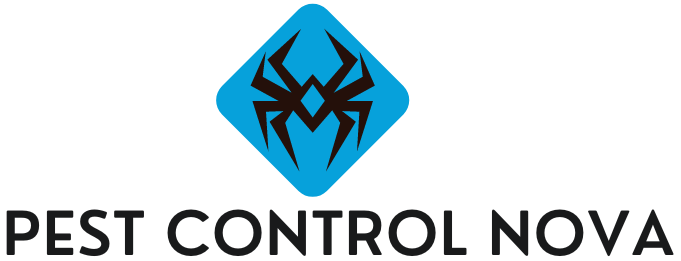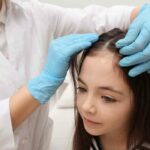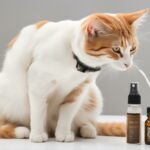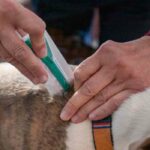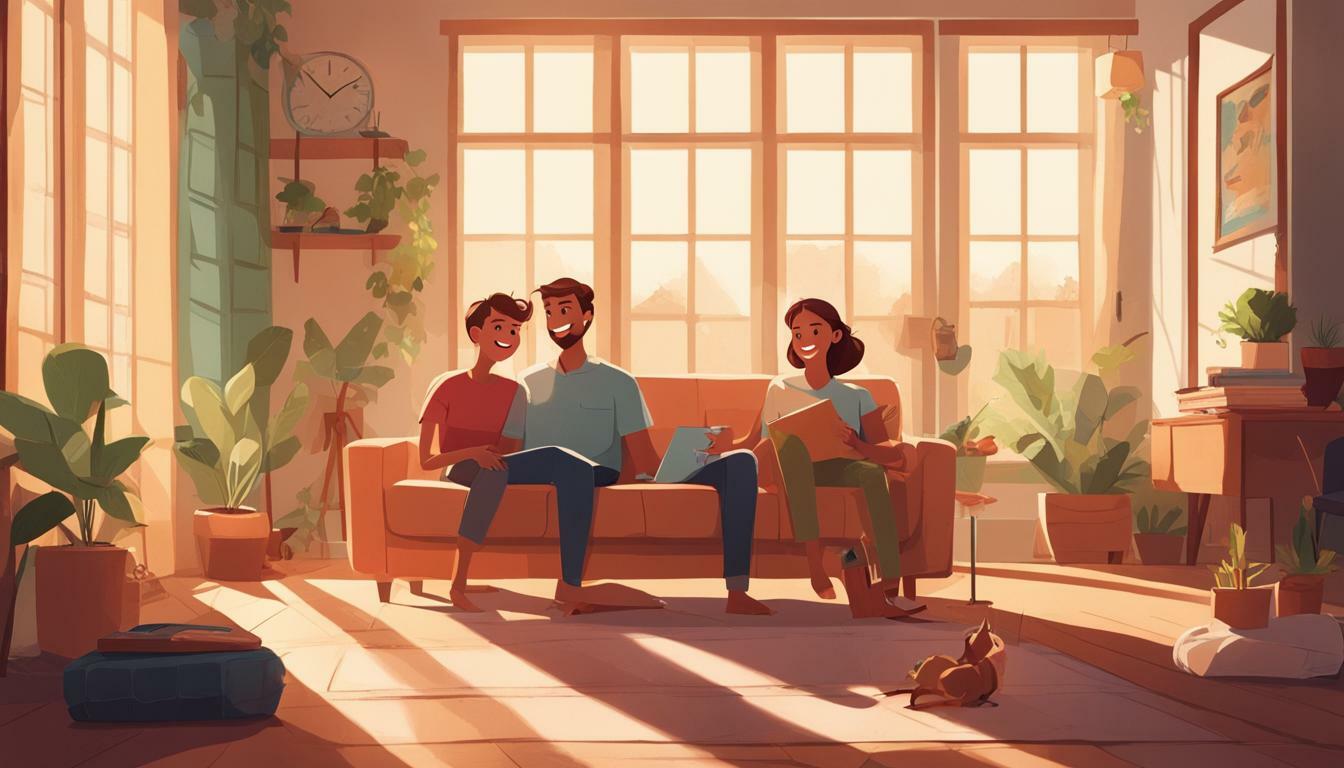
As a professional copywriting journalist, I have written this article to provide valuable information on what homeowners can expect after a pest control treatment. Professional extermination services are essential to eliminate any pest infestations that may affect your living environment. In this article, I will cover various aspects such as pest behavior, elimination of pests, and preventive measures.
Key Takeaways:
- After a pest control treatment, homeowners can expect to notice a positive change in their living space.
- Professional extermination services aim to eliminate pests completely, providing a long-term solution for homeowners.
- Cleaning and safety measures, proper ventilation, and monitoring for any signs of pest activity are crucial in maintaining a pest-free environment.
Understanding Pest Behavior
After a professional extermination, it’s common for pests to initially become more active as they search for a safe escape from treated areas. But this behavior is temporary and actually a sign that the treatment is working. As a journalist covering pest control, I know that the goal of pest control treatment is to eliminate pests completely. So, homeowners can expect to see a reduction in pest activity and the elimination of visible pests immediately after the treatment.
It’s important to understand that pest behavior is influenced by many factors, such as time of day, environmental conditions, and access to food and water sources. As a result, a pest infestation can be challenging to deal with, as pests adapt and evolve to survive in their environment.
Elimination of Pests
Professional exterminators use a variety of techniques and treatments to eliminate pests, depending on the type of pest and the severity of the infestation. These treatments can include insecticides, baiting systems, and exclusion methods. The most effective method of pest control may vary depending on the type of pests present in the area.
Some pests may require multiple treatments to fully eliminate, which is why it’s important to follow up with pest control professionals to assess the effectiveness of the treatment and determine if additional treatments are necessary.
Preventive Measures
Preventive measures are an important aspect of pest control and can help to reduce the likelihood of future infestations. Homeowners can take simple actions, such as sealing cracks and crevices, cleaning up food and water sources, and maintaining a clean living environment, to prevent pests from entering their home in the first place.
Professional exterminators may also provide guidance on preventive measures, such as identifying potential entry points for pests and recommending exclusion techniques to keep pests out.
Immediate Results and Elimination
One of the most significant benefits of professional pest control treatment is the immediate reduction in pest activity. Homeowners can expect to see a significant decrease in the number of visible pests, such as ants, cockroaches, and rodents.
The goal of the treatment is to eliminate pests completely, targeting the root cause of the infestation. While it may take time to completely rid the home of pests, homeowners can feel confident that the treatment is working and will eventually result in a pest-free environment.
It is important to note that some pests may become more active immediately after the treatment as they try to escape from treated areas. However, this behavior is temporary and a sign that the treatment is effective.
By choosing professional extermination services, homeowners can expect immediate results and the successful elimination of pests.
Residual Effects and Ongoing Treatment
After a professional extermination treatment, residual effects can help prevent pests from returning. The residual effects are the long-lasting effects of the treatment. They create a barrier around your home that repels pests, preventing them from re-entering your living space. Be sure to discuss with your pest control professional the recommended ongoing treatments to ensure that your home remains pest-free.
The frequency of ongoing treatment depends on several factors, such as the severity of the infestation, the type of pests being treated, and the type of treatment used. Typically, quarterly treatments are recommended to keep pests at bay. Some pest control companies also offer customized treatment plans to suit your specific needs.
It is important to monitor your home for any signs of pest activity after the initial treatment. If you notice any pests, contact your pest control professional immediately to schedule a follow-up treatment. In addition, you can take proactive measures to prevent future infestations. Sealing cracks and crevices, removing debris from your yard, and reducing moisture in your home are all effective forms of pest prevention.
Your pest control professional may also provide recommendations on how to maintain a pest-free environment. Be sure to follow these recommendations to ensure that your home remains healthy and safe for you and your family.
By following the recommended ongoing treatment plan and taking proactive measures to prevent future infestations, you can enjoy a pest-free living environment for years to come.
Cleaning and Safety Measures
After a pest control treatment, it’s important to clean the treated areas to prevent any potential health risks. Here are a few tips for cleaning after pest control:
- Wear gloves and other protective gear while cleaning to prevent contact with any residual chemicals.
- Vacuum the floors and furniture to remove any dead pests or debris.
- Clean surfaces with soap and water to eliminate any chemical residue.
- Dispose of any contaminated items, such as food or open containers.
It’s also essential to maintain safety measures during and immediately after the treatment:
- Keep children and pets away from treated areas until it’s safe to reenter.
- Consider temporarily relocating pets during the treatment to prevent exposure to chemicals.
- Avoid touching any treated surfaces until they’ve been cleaned and deemed safe.
- Follow any additional safety instructions provided by the pest control professionals.
Reentry and Ventilation
One of the most common concerns after a pest control treatment is when it is safe to reenter the treated areas. The answer to this question depends on the type of treatment applied. Some treatments require a longer waiting period before reentry, while others may allow for immediate reentry.
It’s crucial to follow the instructions provided by the pest control professionals, as they will have detailed guidance on when it is safe to return to the treated areas. Once it is deemed safe to reenter, it’s essential to ensure proper ventilation in the home.
Ventilation aids in the dissipation of any residual odors from the treatment and helps to maintain a healthy living environment. Open windows and doors to allow fresh air to circulate throughout the home. Use fans to improve the airflow in and out of the treated areas. In cases where odor remains strong, it may be necessary to use air purifiers or deodorizers.
Remember that adequate ventilation is crucial for both your safety and the effectiveness of the pest control treatment. Therefore, it’s essential to pay attention to this aspect before reentering the treated areas.
Monitoring and Maintenance
Monitoring your home for any signs of pest activity is crucial in maintaining a pest-free environment. Regular maintenance is essential in preventing future infestations. Here are some tips on how to monitor and maintain your home:
Inspecting Your Home
Regularly inspect your home to ensure there are no signs of pests. Look for droppings, gnaw marks, or any other signs of damage. Check attics, basements, and crawl spaces for any signs of infestation.
Sealing Cracks and Crevices
Seal any cracks and crevices in your home to prevent pests from entering. Pay attention to the areas around doors, windows, and vents. Use caulk or weatherstripping to seal any gaps or cracks.
Removing Sources of Food and Water
Pests need a source of food and water to survive. Store food in airtight containers and clean up spills promptly. Fix any leaky pipes or faucets to eliminate sources of water.
Seeking Professional Help
If you suspect a pest infestation, contact a pest control professional. They can provide guidance on how to prevent future infestations and recommend follow-up treatments if necessary.
Pest Control Recommendations
Following the pest control professional’s recommendations, such as regular cleaning and pest-proofing, can prevent future infestations. It is essential to maintain a clean living environment to help prevent reinfestation.
By following these steps, you can ensure that your home remains pest-free. Regular monitoring and maintenance will help prevent future infestations and keep your home healthy and safe.
Common Concerns and FAQs
After a pest control treatment, homeowners may have questions or concerns. Here are some common inquiries we receive:
Are the pesticides used in pest control treatment harmful to my health?
At our company, we use only EPA-approved pesticides that are safe for use in homes. However, it is important to follow any safety instructions provided by our technicians, such as avoiding treated areas until they are fully dry or ventilated.
How long does it take to see results after a pest control treatment?
In most cases, homeowners will begin to notice a reduction in pest activity immediately after treatment. However, it may take some time for all pests to be entirely eliminated. Our technicians will provide you with a timeline for expected results based on your specific situation.
Will I need to leave my home during pest control treatment?
In most cases, homeowners do not need to leave their homes during pest control treatment. However, if you have pets or small children, it may be advisable to temporarily relocate them until treatment is complete and the area is dry and ventilated.
Are there any preventive measures I can take to prevent future pest infestations?
Yes, there are several preventive measures you can take to reduce the likelihood of future infestations. Some common measures include regularly cleaning your home, sealing cracks and crevices, and avoiding leaving food or trash exposed. Our technicians can provide personalized recommendations based on your specific situation.
What if I see pests again after treatment?
It is possible to see pests again after a treatment, particularly if the infestation was severe. However, if you continue to see pests after treatment, contact our company for follow-up treatment. We may also recommend ongoing maintenance and monitoring to prevent future infestations.
If you have any additional questions or concerns, please do not hesitate to reach out to us. We are committed to providing our customers with a pest-free living environment and will do everything in our power to ensure your satisfaction.
Conclusion
In conclusion, professional pest control treatment has numerous benefits for homeowners. After treatment, you can expect to see a reduction in pest activity and the elimination of visible pests. While pests may initially become more active, this is a sign that the treatment is working and is only temporary.
The goal of pest control treatment is to target the root cause of the infestation and provide a long-term solution. Residual effects from the treatment contribute to ongoing pest prevention, but it is important to maintain a clean living environment and enlist ongoing treatment to ensure continuous protection.
Following the treatment, it is essential to clean treated areas thoroughly to prevent reinfestation and take any necessary safety measures, such as temporarily relocating pets. Proper ventilation is also crucial to aid in the dissipation of any residual odors from the treatment.
To proactively prevent future infestations, homeowners should monitor for any signs of pest activity and regularly maintain their homes by sealing cracks and crevices. It is always beneficial to seek guidance from pest control professionals for any specific recommendations.
In summary, professional pest control treatment offers homeowners peace of mind and a pest-free living environment. By taking proactive measures and maintaining pest prevention practices, you can enjoy your home without the hassle of pests.
FAQ
Q: What can I expect after a pest control treatment?
A: After a pest control treatment, you can expect positive changes in your living space. The treatment will eliminate pests and prevent future infestations.
Q: How do pests behave after a pest control treatment?
A: Pests may initially become more active as they try to escape from treated areas. This behavior is temporary and a sign that the treatment is working. The goal of the treatment is to eliminate pests completely.
Q: What immediate results can I expect after a pest control treatment?
A: You can expect a reduction in pest activity and the elimination of visible pests. The treatment targets the root cause of the infestation, ensuring a long-term solution.
Q: What are the residual effects of pest control treatment?
A: The residual effects of pest control treatment contribute to long-term pest prevention. Ongoing treatment is important to ensure continuous protection against pests. Pest control professionals may provide guidance on follow-up treatments.
Q: How should I clean the treated areas after pest control treatment?
A: It is important to maintain a clean living environment to prevent reinfestation. After the treatment, follow the pest control professional’s instructions for cleaning. Additionally, consider temporarily relocating pets during and immediately after the treatment for their safety.
Q: When is it safe to reenter the treated areas?
A: You can reenter the treated areas once it is safe, following the guidelines provided by the pest control professional. Proper ventilation aids in the dissipation of any residual odors from the treatment. Ensure adequate ventilation in your home.
Q: How can I monitor for any signs of pest activity after the treatment?
A: It’s important to monitor for any signs of pest activity. Regular maintenance, such as sealing cracks and crevices, can proactively prevent future infestations. Follow any specific recommendations from the pest control professionals.
Q: What are the common concerns and frequently asked questions after pest control treatment?
A: Common concerns include potential health risks, the timeline for seeing results, and the use of chemical pesticides. We address these concerns and provide comprehensive and accurate information to alleviate any worries you may have.
- Does Flea Treatment Kill Lice? - September 8, 2023
- Does Flea Treatment Kill Mites? - September 8, 2023
- How to Put Flea Treatment on a Dog? - September 8, 2023
